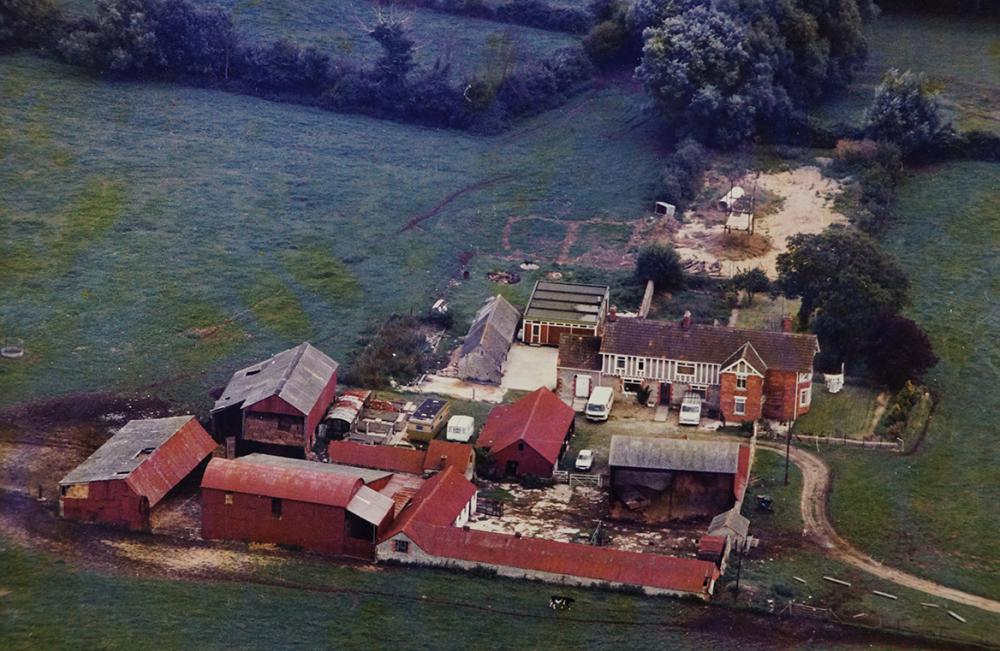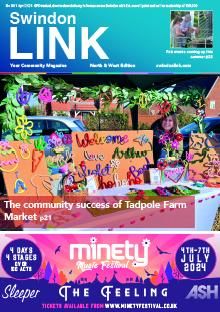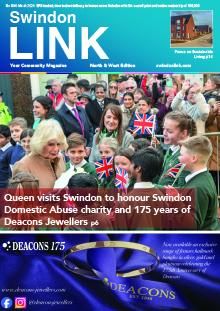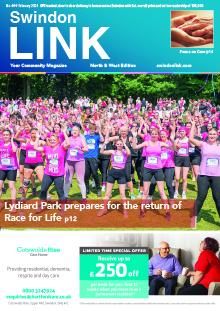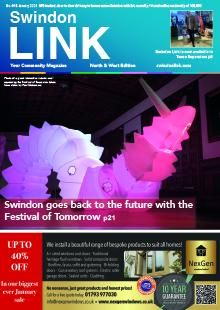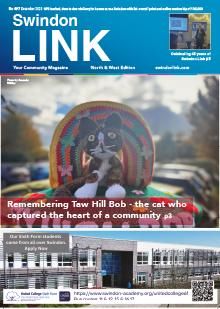Innovative centre aimed to improve deaf awareness through communication between deaf and hearing people in the 1970s and 80s.
Libbie Sheppard and Terry Waters describe a ground breaking initiative for deaf and hearing children and adults in West Swindon from 1973 to 1989.
In the early 1970s, the Breakthrough Trust (Deaf-Hearing Integration) Charity, which had day centres in London, Birmingham and Farnborough, leased Roughmoor Farmhouse to the north of Shaw. Swindon Borough Council had bought the land to the west of Swindon for future development and Breakthrough was offered the building and the surrounding farmyard on a short term lease to provide a much-needed local base.
The charity re-named the farmhouse, which was accessed from the back road from Nine Elms to Common Platt, the Roughmoor Centre. A local farmer, Mr Jones, used the rest of the land associated with the farm and some outbuildings for his cows.
Breakthrough’s philosophy was a new idea at the time, to integrate deaf and hearing people by encouraging communication, through practical projects, to improve deaf awareness.
Thamesdown Voluntary Service Council (TVSC) was especially supportive in the early days, encouraging opportunities for fundraising and local networking. People in the town quickly heard about the centre and donated coal for the fires, furniture, office equipment and paint to renovate the rooms. Swindon Town Football Club even played a charity match and raised money for an adventure playground in the garden.
Teacher of the deaf Libbie Sheppard and her husband lived at the centre for about three years, supported by Terry Waters, and a programme of day and weekend events was developed to provide opportunities for deaf and hearing children and families. Projects included children’s activities, sports weekends, social development and integration, mother and children groups and art weekends, to name but a few.
The centre became so popular that Terry and his wife Ethel decided to move from Southampton to Swindon with their two young children to help run the project more effectively. The farmhouse was sparse but comfortable at first, but proper facilities were needed and more fundraising met the costs of installing central heating, materials for 24 bunk beds for the six bedrooms, made by volunteers, adequate cooking facilities to replace the old farmhouse Aga, carpets, and a new septic tank as mains provision was still several years away. And the outside play equipment became more elaborate and exciting for all the visiting children.
As more people started to come from Swindon and the rest of the country, as well as Europe, more space was needed. An appeal was heard by Hills Waste who donated three old pre-fabricated buildings to create a community hall. The problem was they were in parts and deaf and hearing volunteers visited every weekend for over a year to help with the assembly, guided by a volunteer architect who made sure that all the tasks were understood by deaf and hearing alike. Marks & Spencer provided furniture for the hall and Swindon Community Service Workers (offenders) helped in painting, decorating and clearing the rough areas around the farmhouse.
The Jubilee Hall, as it became known, was officially opened by the late Lord Joel Joffe CBE – who was chairman of Allied Dunbar (now Zurich) at the time. He also arranged a grant to cover one of the salaries for one of the four workers.
From 1975 onwards the centre was heavily booked for many varied projects, and by national deaf organisations for their meetings in a quiet and safe rural environment. When not involved in activities, adults made the two nearby pubs - the Nine Elms and The Foresters at Common Platt - very popular.
By the mid-1980s the development of West Swindon, which had started in 1974, was moving into its later phases and houses at Nine Elms and Peatmoor were being occupied. By that time Roughmoor Centre was accessed via Swinley Drive, next to the Jehovah’s Witness Kingdom Hall, and in 1989 the centre closed.
The buildings and the adventure play area was soon razed to the ground when Swindon Council sold the site for twelve executive houses. But council planners retained the sense of the history of the area by naming the new cul-de-sac off Swinley Drive Roughmoor Farm Close.

